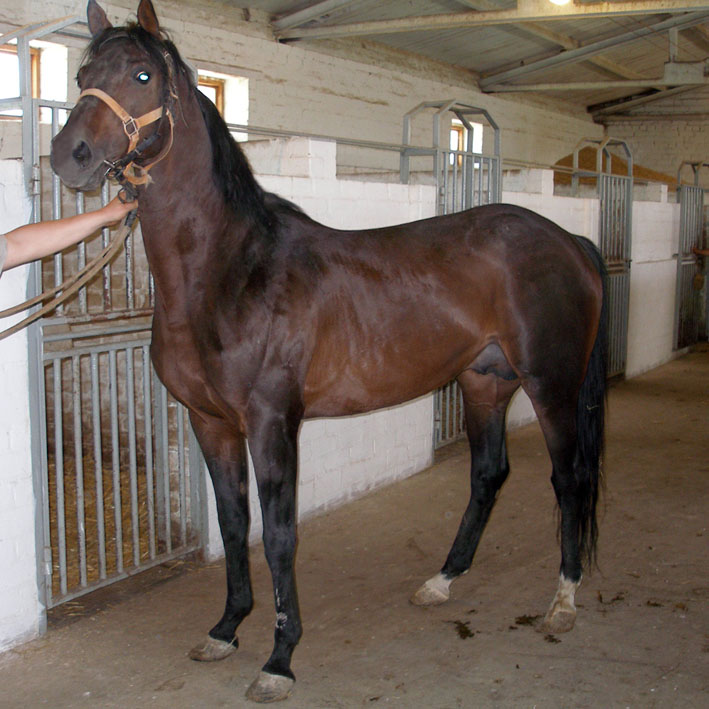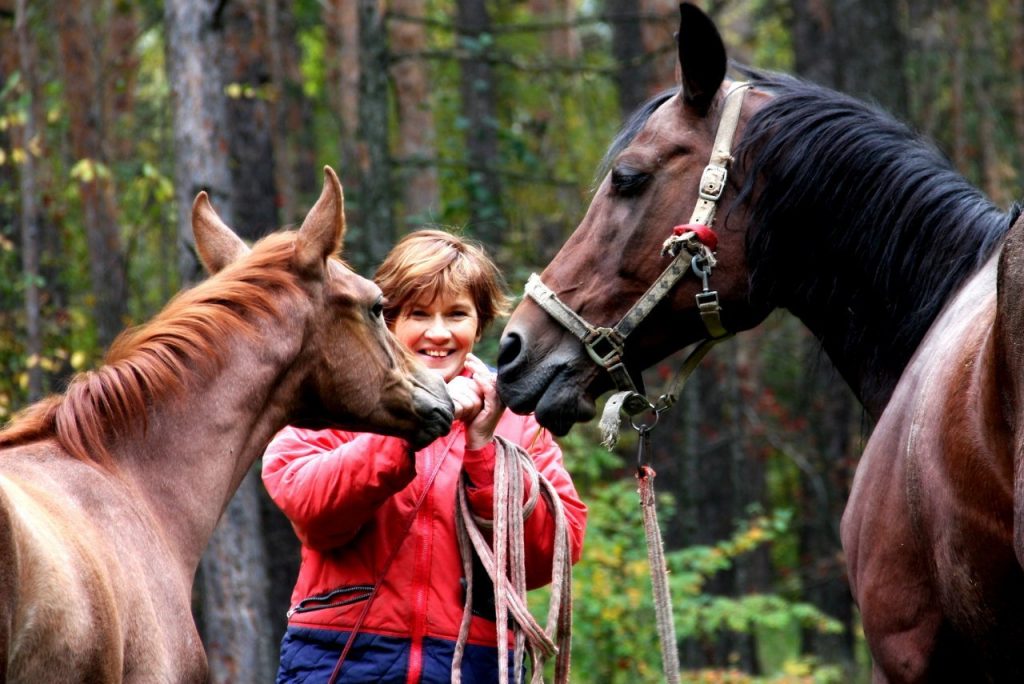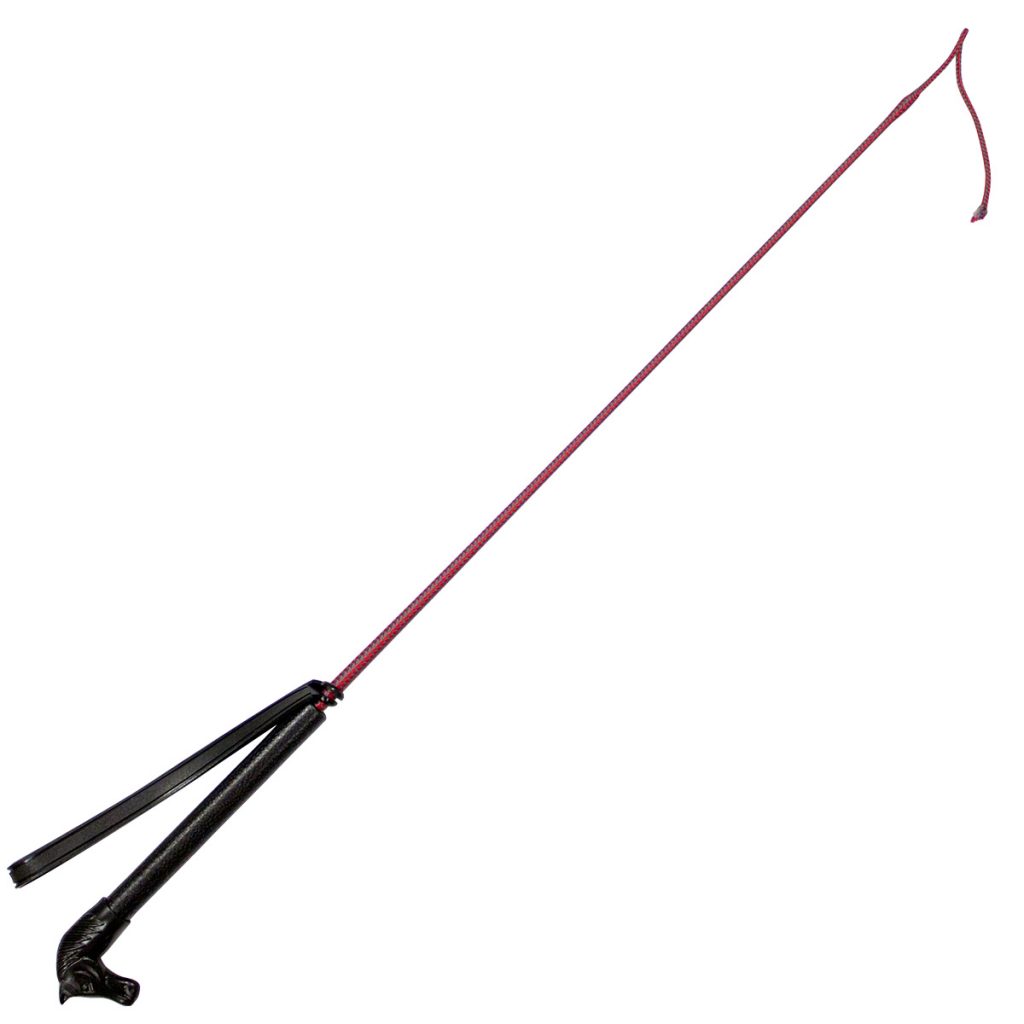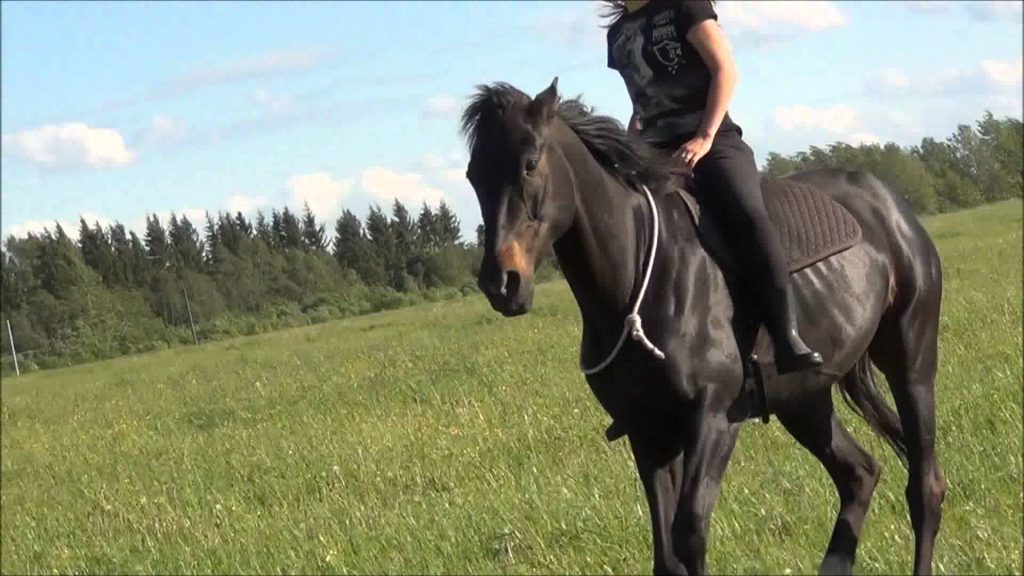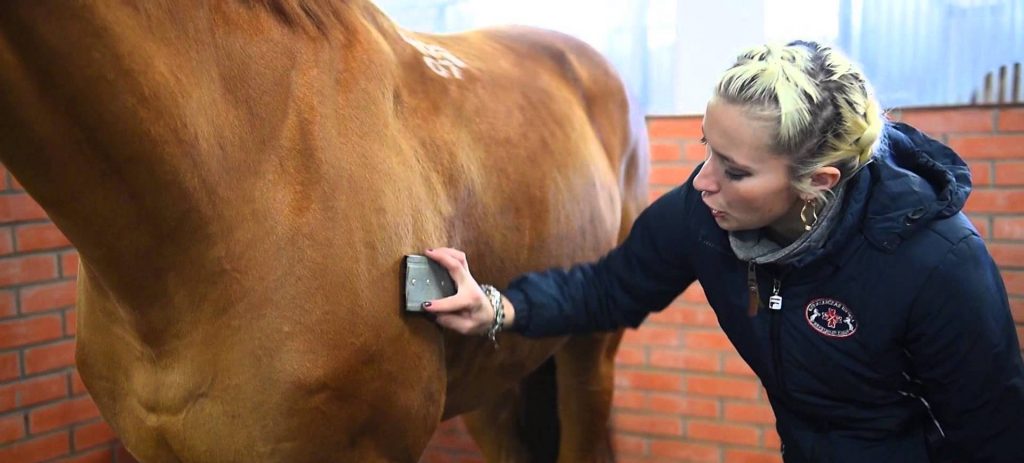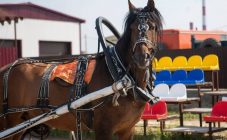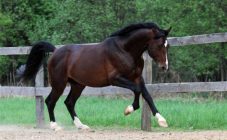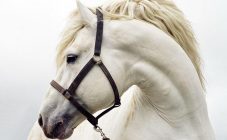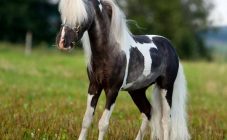Content:
The domestication of the horse changed the course of all world history. New crafts appeared, agriculture and military affairs changed. An important step was the domestication of a wild animal. How to domesticate a beautiful horse?
Features of taming different breeds
Before you tame a horse, you need to know that each breed is individual and requires a special approach. Different horse breeds differ from each other in several ways: height at the withers, body proportions, weight, color, and others. It is important to take into account not only the physiological characteristics, but also the natural temperament of the animal. The ability of a person to properly handle an animal plays an important role.
Arabian and purebred English horses are distinguished by their hot temperament. They show assertiveness, obstinacy, sometimes even aggression towards a stranger. It is not easy to tame them. Aboriginal horses are hard to tame. In contrast, heavyweights have a calm, domestic character. They are the most contact animals, perfectly adapted for hard work.
Most horse breeds have a rather meek character, obedient and calm. These include light-harness and factory riding breeds, as well as individuals obtained by crossing local and factory breeds.
Horse contact
How to train a horse to yourself? Along with tremendous physical strength, endurance, the nature of a horse is characterized by a subtle mental organization.
Conditions for creating a stable psychological contact:
- the horse subtly feels fear, nervousness, uncertainty, therefore it is necessary to maintain an even attitude;
- the animal can show obstinacy and self-will, you need to be able to gently show your leadership;
- you need to create closer contact, love the horse, take care of it, comb, feed;
- for the animal to feel care and love, you need to stroke its scruff, muzzle.
As a result, it is quite possible to earn the horse's trust by affection and care, while demonstrating his leadership. The animal must learn to feel in the owner a friend and mentor, but not a tyrant. It is more difficult to tame adult stallions with their natural tendency to lead. It will take strength of character and perseverance.
To make taming easier, you need to make the environment as comfortable as possible. Do not expose her to discomfort due to rain in summer, cold or hunger. The equestrian area must be equipped with everything necessary. It is good for the rider to wear a comfortable suit, without jewelry, as clothing. It is contraindicated to engage in domestication after drinking or smoking, as horses react extremely negatively to such smells.
Ammunition
How to tame a horse to ammunition? Equipment and ammunition are selected individually, according to the anatomical characteristics of the animal. Bits are matched to the size of the jaw. Other components of the bridle are chosen according to the shape of the muzzle. According to the parameters of the animal's back, the saddle is selected, while also taking into account the comfort of the rider. The ammunition consists of 3 groups of elements:
- protective devices;
- elements for control;
- rider comfort equipment.
Incorrectly selected ammunition can create both psychological stress in the form of stress and physical inconvenience - scuffs, abrasions. In the first few days, harness training begins with putting it on for 15 minutes. The animal is given the opportunity to get used to all the elements of the harness, gradually increasing the time. Then you can teach the horse to walk in a circle in a harness, it will take about 2 weeks to adapt. After that, you can arrange short riding lessons.
Another element used to tame a horse is the whip. Usually it is used only at the stage of teaching the animal commands and riding skills. After that, the use of the whip is stopped.
Basic position of the rider
Beginners climb a saddled horse using a special landing block in the form of a step. In this case, you need to firmly hold the reins or use the help of another person. Experienced riders do not need assistive devices. Leaning his left leg against the left stirrup, the person pushes off with force. Once at the level of the saddle, he throws his right leg over the horse's back and slips it into another stirrup.
The rider needs to learn to maintain the correct leg position when landing:
- the knees are turned inward, slightly pressed against the sides of the animal;
- the position of each foot: the heel is directed down, the toe is directed up.
The manner in which the horse is guided depends on how the reins are gripped:
- English way. The loop of the reins is turned up and held by hands clenched into fists. Thumbs squeeze the reins, and little fingers are located on the outside.
- Western way. The reins are held with the left hand, bent and relaxed.
Horse riding
English and Western styles are similar in many ways and are based on a certain sequence of learning:
- Movement and stopping: leg movements, voice commands, reins control.
- Maintaining balance.
- Synchronization of the movements of the rider's hands and the head of the animal.
- How to use the bit, body, legs when cornering.
- Trot and canter.
A feature of the Western style is the control of the reins. Walking movement is replaced by light jogging.
Preparing before training
Cleaning should be done outside the stall. To keep the animal in place, you need to tie it. Before training, the horse must be cleaned with a scraper. The direction of movement is against the growth of the coat, starting from the neck. After that, take a stiff brush and remove excess wool and dirt with direct movements. Do the same with the legs.
Do not touch the face, ears, belly, mane, tail. These areas are scrubbed with a soft brush. Wipe your nose and eyes with a damp washcloth. A special scraper is used to clean the horse's hooves from stones, dirt before and after training. At the same time, you should not stand too far, as the horse can kick violently. With a special wide comb, they pass along the tail, mane, capturing individual strands. If, during cleaning, scabs, traces of fly bites were found, then it is worth anoint them with Vaseline.
Sitting down the horse
To teach a horse to upset, you need to follow a sequence of 3 steps:
- starting position, as in normal driving;
- moving the torso forward, squeezing the animal's torso with the shins;
- after the horse moves forward, the reins are pulled, forcing him to stop and move back.
Rewards and punishments
The horse understands intonation very well. Praise should be pronounced in a contented voice, with the same words. The pet responds well to a smile, stroking, a light pat on the shoulder. A treat (a piece of sugar, a crouton, an apple, a carrot) motivates the animal well. But moderation should be observed so as not to spoil the horse.
Raising a horse is impossible without punishment for disobedience.However, spurs and whip are used on special occasions. A sharp shout with a displeased intonation works well. If the horse fails to complete one command, the horse should immediately be given two other tasks. For obedient behavior, you need to thank her with a delicacy. If the horse bites, then weak slaps on the face and rump will help. Each type of punishment must be followed immediately after the offense has been committed in order to reinforce the horse's reflex.
